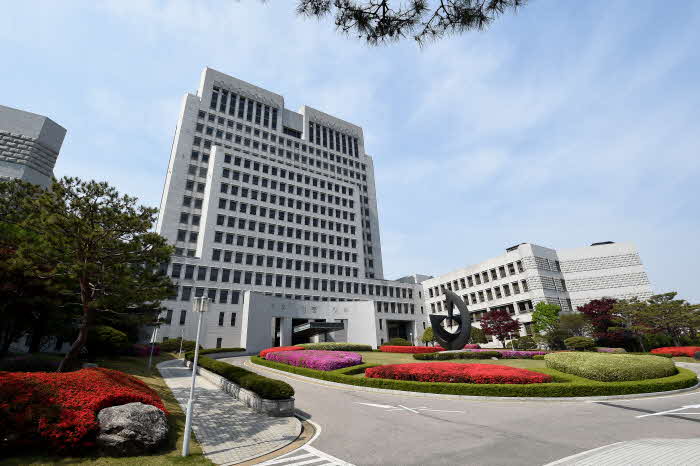In a landmark ruling with significant implications for hydrogen energy safety regulations, South Korea’s Supreme Court has upheld a decision holding the Korea Institute of Energy Technology Evaluation and Planning (KETEP) and the Korea Gas Safety Corporation liable for negligence in the 2019 Gangneung hydrogen tank explosion.
The judgment mandates compensation of 7.5 billion won to affected companies, underscoring the legal and operational responsibilities of public agencies in overseeing energy technology projects.
Regulatory Oversight and Lapses in Safety Implementation
The explosion, which occurred at Gangwon Technopark in May 2019, resulted in the deaths of eight people and caused 34 billion won in damages. Investigations revealed that an oxygen-hydrogen mixture within the storage tank triggered a chemical combustion chain reaction. The Supreme Court’s Third Division, led by Chief Justice Lee Sook-yeon, affirmed that the lack of proper safety measures directly contributed to the disaster.
Central to the court’s ruling was KETEP’s failure to implement essential safety precautions in a government-backed hydrogen R&D initiative. The project, which involved producing hydrogen from renewable energy sources and storing it for fuel cell applications, suffered from critical technical oversights. Key deficiencies included inadequate voltage supply to the electrolyzer, leading to reduced hydrogen purity and increased oxygen levels beyond safe limits. Despite clear indicators of potential hazards, KETEP neglected to mandate the installation of purifiers, oxygen meters, and oxygen eliminators—devices that could have mitigated the risks.
Legal Precedent for Energy Safety Standards
The court’s findings reinforce the necessity for stringent oversight in energy sector R&D projects, particularly as hydrogen emerges as a pivotal component of South Korea’s clean energy transition. Legal experts note that this ruling sets a precedent by holding regulatory agencies accountable for safety compliance failures in state-supported technological initiatives.
The court also criticized KETEP for approving changes to participating institutions without properly assessing their safety and technical capabilities. Furthermore, despite recognizing delays and operational risks, KETEP failed to intervene with corrective measures such as suspending project funding or enforcing on-site inspections. These oversights constituted a breach of duty, warranting financial restitution to affected companies.
However, the ruling exempted Gangwon Technopark from liability, concluding that its role was limited to site management rather than direct involvement in the facility’s technical operations.
Implications for South Korea’s Hydrogen Industry
This case highlights fundamental concerns regarding the implementation of hydrogen energy infrastructure. While South Korea has positioned itself as a global leader in hydrogen technology, ensuring the safety and reliability of hydrogen storage and production systems remains a critical challenge. The Supreme Court’s decision signals a shift toward greater accountability, emphasizing that negligence in safety oversight will have legal and financial repercussions.
As South Korea accelerates its hydrogen economy strategy, industry stakeholders and regulatory bodies must reassess risk management frameworks to prevent similar incidents. Enhanced safety protocols, rigorous compliance monitoring, and clearer liability frameworks for public and private sector players will be necessary to foster investor confidence and public trust in hydrogen technologies.
With energy transition policies prioritizing hydrogen as a sustainable alternative, this ruling serves as a stark reminder that equally robust safety and governance structures must match technological advancements. Failure to do so risks financial losses and setbacks in the broader adoption of hydrogen as a viable clean energy solution.
